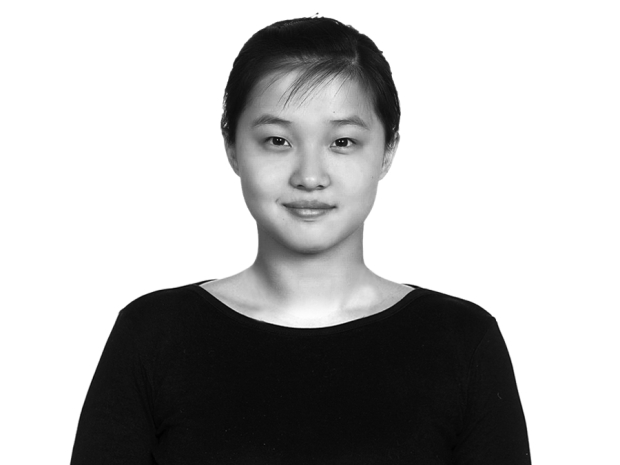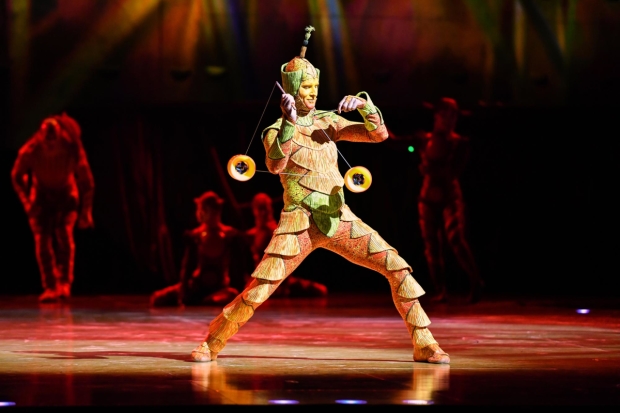250 years of circus: the street origins of foot juggling

(© SNAPePHOTO Inc)
This year marks 250 years since the start of modern circus. It was in 1768 that Philip Astley began his circus entertainment in Waterloo in London. To celebrate, here's the latest in our new series of pieces from circus performers explaining a little about the history of their discipline. Here's Cirque du Soleil's Zhu Baoyu on foot juggling and Icarian games.
I began acrobatics 15 years ago when I was 7 years-old. I started to train in foot juggling in 2008.
Foot juggling is an act that mainly consists of juggling tricks, but there’s also what we call Icarian games, which is tossing and spinning techniques that are built on top of the juggling. Acrobatics originated in China in the Han Dynasty over 2,500 years ago and foot juggling is one of the oldest disciplines in circus arts. It started with the street performers juggling carriage wheels and big water pots and jars. The techniques passed down from generation to generation and it has now evolved into different forms of juggling.
I began to work in Cirque du Soleil’s OVO in 2011 and I’m very proud to be part of this dynamic and beautiful show. Foot juggling is the opening act and we hope it is stunning so the audiences really enjoy it.
In the foot juggling sequence, we have two positions, flyer and porter. I play an ant, and there are six of us, three flyers and three porters. As a flyer, I have to maintain my body shape and control my body weight, which are important because gaining weight could be a burden to the porter. As a porter, legs and lower back strength are essential to support the flyer. Team work makes this act complete and unique! Ants are hardworking insects, they help each other to juggle food: kiwis, corns and eggplants. The only difference is in our world, each kiwi weighs about 5 kilos and each corn weights 3 kilos.
When we were training, our props were hung from the centre by strings on a pole, so they didn’t drop. When our techniques were more stable, we were able to train with the props without hanging them. We started with just balancing the drum (similar to the kiwi drums in the show) on the feet, and tried to do one flip, then maybe two or three flips the day after, making progress little by little. I’ve been through many difficulties during the training – I have injured my finger and have also sprained my wrist but I consider those as part of the journey to success. The only way to learn each trick well is to practice consistently, learn from the past and make improvements gradually.

Learning acrobatics is not an easy task and it requires consistency and perseverance. In other words, one can never become an excellent acrobat without this process. I had even thought of giving up when things weren’t going well. A rainbow always came after the storm, those efforts paid off. I don’t have a specific plan for the future yet. I hope I can continue performing on this stage: my heart lights up when I’m on stage and I think this will guide me and lead me to go further in my career.
Zhu Baoyu is currently starring in Cirque du Soleil's OVO at the Royal Albert Hall which runs until 4 March.











